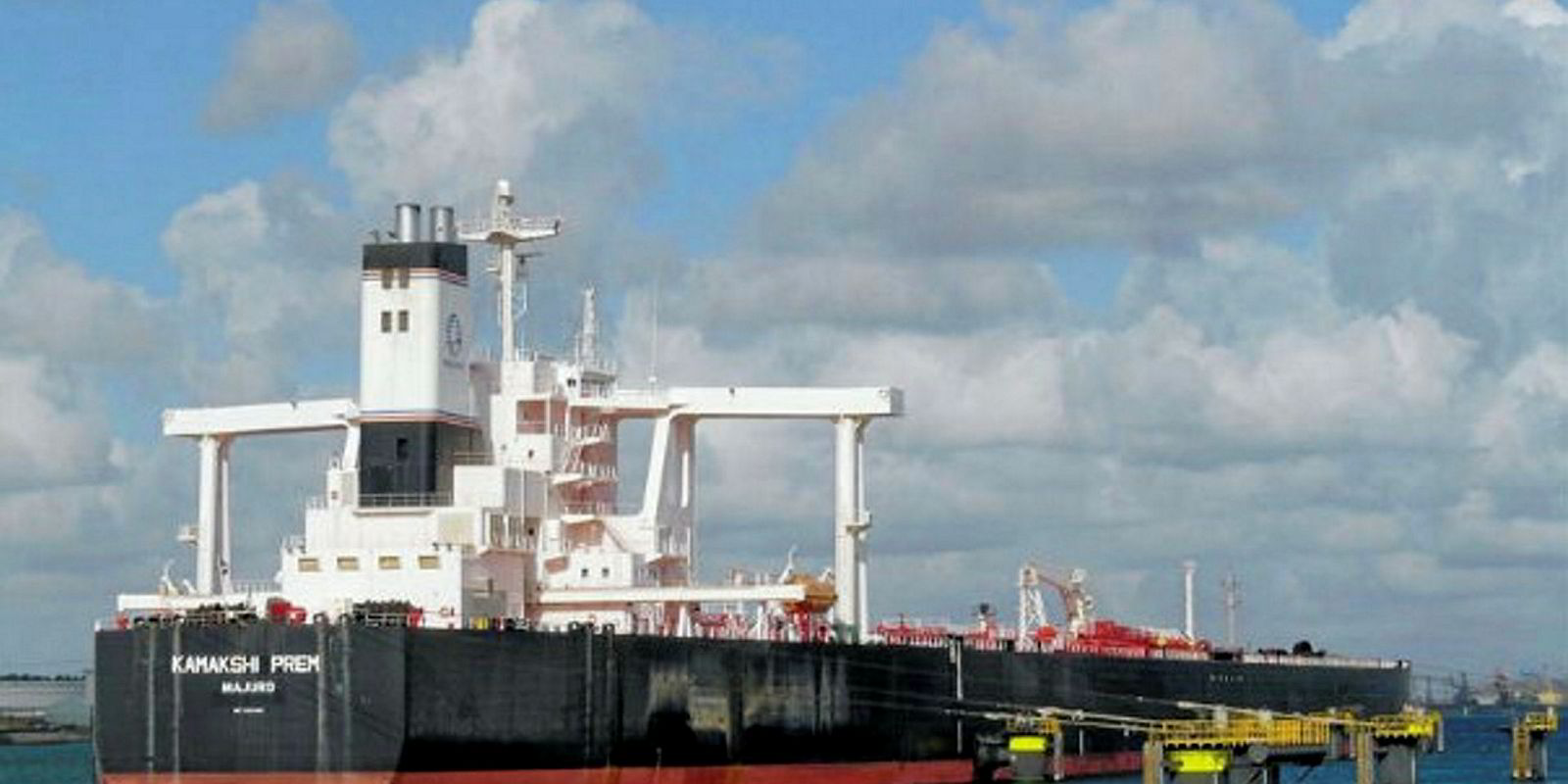Widely circulated reports of a quick VLCC asset play by NGM Energy have turned out to be incorrect, as the Piraeus-based company remains the owner of the ship.
Brokers recently reported that the Greek shipowner had sold the 299,000-dwt Vida (built 2003) to United Arab Emirates-based buyers for $25.5m to $26m at a time when asset prices were picking up across the tanker spectrum.
This raised some eyebrows as NGM had reportedly bought the Nantong Cosco KHI Ship Engineering-built ship for $22.8m from Dr Peters in October last year, even drawing praise from some corners for its apparent shrewdness.
However, an NGM official denied there was a deal to sell the Vida.
Industry databases show the VLCC passed its special survey in March.
“I don’t see how they could spend less than $2m for dry docking,” a London-based market participant said.
He added that the reported price actually would not suggest a massive profit for NGM.
Maritime Strategies International estimates that the one-year charter rate for the Vida is $27,800 per day in 2019 and $29,600 per day in 2020, suggesting NGM would likely earn more by holding on to the ship than selling it.
Strong earnings' forecast
Most industry officials expect strong VLCC earnings in the coming quarters due to incremental demand triggered by the IMO 2020 rules and rising US crude exports, despite that seasonal demand weakness plaguing current market conditions.
Strong earnings prospects and firm demolition rates have boosted the values of VLCCs aged 15 years or older this year. This is despite the IMO’s new sulphur cap, which is expected to hit them hard, as they are not as fuel efficient as younger tonnage.
“Whether you think VLCCs around 15 years old being sold for further trading is a good deal or not depends on your belief in where the spot market is going, and any storage opportunities you may be seeing,” VesselsValue analyst Court Smith told TradeWinds.
“The surge in deletion of older units [since last year] has driven the supply and demand balance for older ships higher, which is positive for their earnings. But the overall demand for older ships is much lower than it was in the stronger markets several years ago.”





